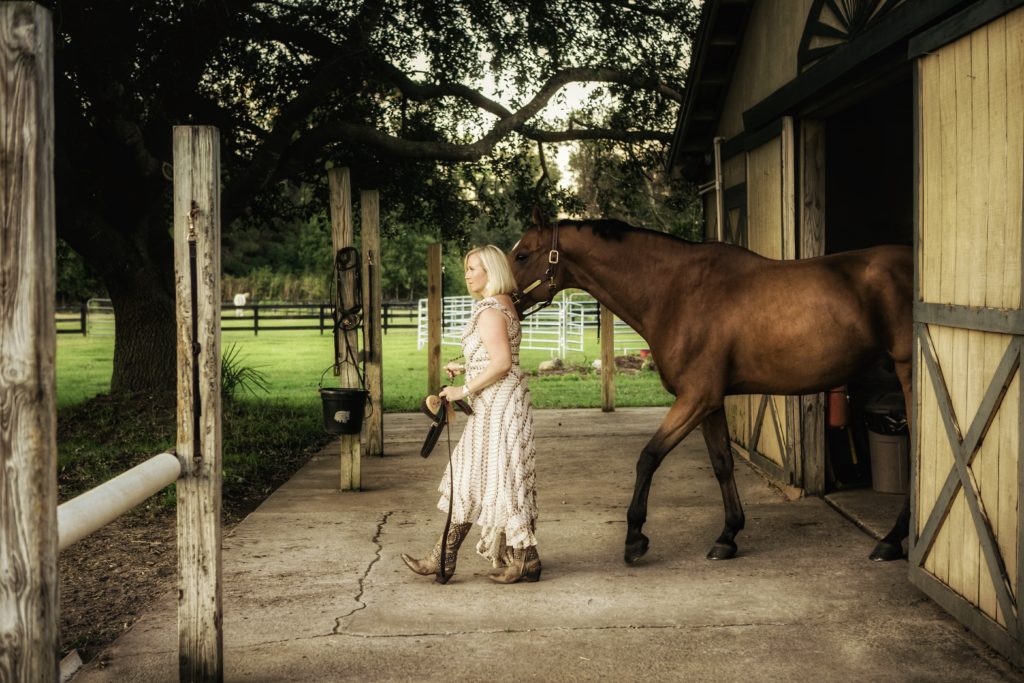
Do you know how to make your client feel comfortable? Find out here! Also, learn what common mistakes photographers make when shooting their clients
Photography is right up there with the most tricky, patience-sapping and artistically demanding skills there is. Don’t take my word for it. Ask any photographer how difficult it sometimes could be to get their subject to emote the vibes you want to project in a photography sesh. On a scale of 1-10, they won’t be amiss if 11 popped out.
When it comes to clients, it’s always a matter of different strokes for different folks. Some, awkward in front of the cameras, like deer-in-the-headlights awkward, others casting aspersions on their photogenicity or lack of it, some others don’t even want theirs taken. (yup, that serious) : )
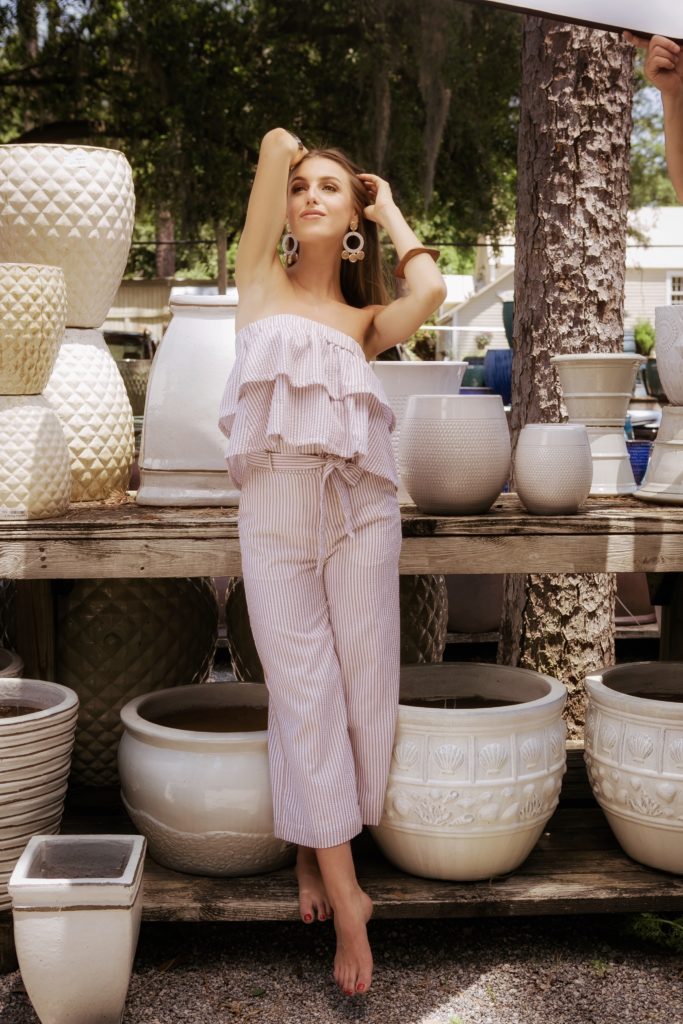
But (and a very big BUT), it takes a special set of skills to make all that cloud of awkwardness or unease hovering over their aliveness, go away. With the right bag of tricks (more on that later), you can make your clients ditch these un-photogenic feelings and stop being so darn conscious of themselves instead of just doing THEM (self-awareness be damned.) So, rather than having stiff poses, they’ll wear cheesy smiles, natural, relaxed, and happy faces.
If you’re having slight niggles in wiggling your way around this concept, you’re in luck, because I’ve compiled a comprehensive, insanely actionable step-by-step guide for you to get your clients feeling uber-comfy in their skin:
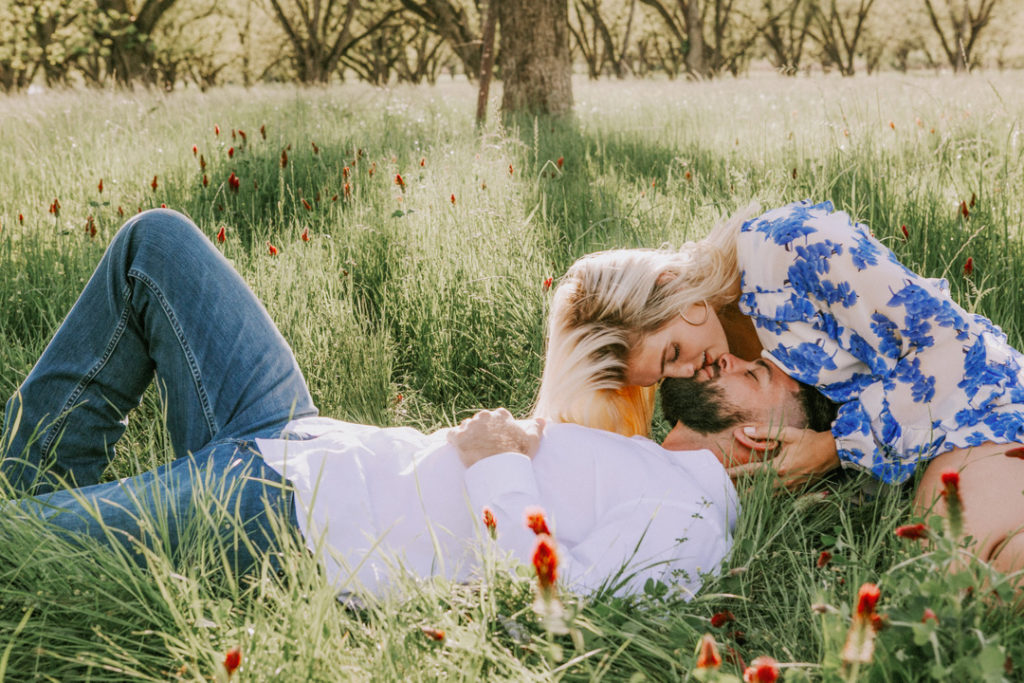
Step 1: Background check
This part gets overlooked at an unforgivably alarming rate by most photographers. But it’s the first rule in the book. It’s the modern photographer’s ultimate DUE DILIGENCE.
Give clients a sneak-peek into not just your photos, but also what the photography experience with you will be all about to set the expectations during the photoshoot and off it. Encourage them to look at your social media before. Make sure your social media reflects the experience that they WILL have, what it’s like to work with you, your personality etc.
It’s important to make sure that you are a good fit. I can’t emphasize this enough. Photography covers such a broad range, so make sure that you both clearly communicate your styles, expectations, takeaways and give space to answer any questions. Welcome open conversation. This is where your photography session actually starts. You may have answered the same question with hundreds of clients already but this is their first rodeo. Bring your manners to the table and step your best foot forward and communicate your “Why”. Let them know why you love what you. are doing and why they will love being a part of this session. You are selling more than your time. Anyone can take pictures now. But can anyone create the experience that you do?
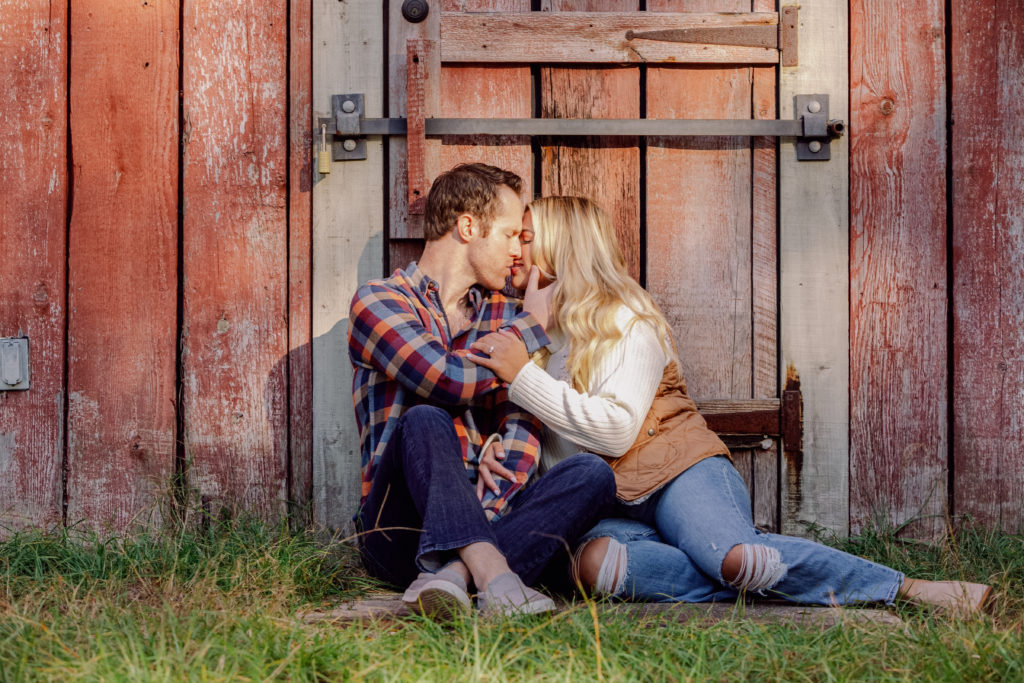
You can also send behind-the-scenes clips and photos if you’ve got any. That way, they know what to expect, that they will mesh with you and be excited. You. should have this already available as part of your onboarding with your clients. The onis is on you. They shouldn’t have to do a CSI to find out what kind of photographer you are. Do the R and D for them and send out your press kit complete with all of your social media, recent shoots, portfolio, BTS of you in action, and any other videos. Make the process easier for them and you by having these assets ready at a click of the button. I do this with every client by having a workflow set up in my Honeybook account. It’s made my life soooo much easier and makes me look wayyyyyy more professional. A win-win for all involved.
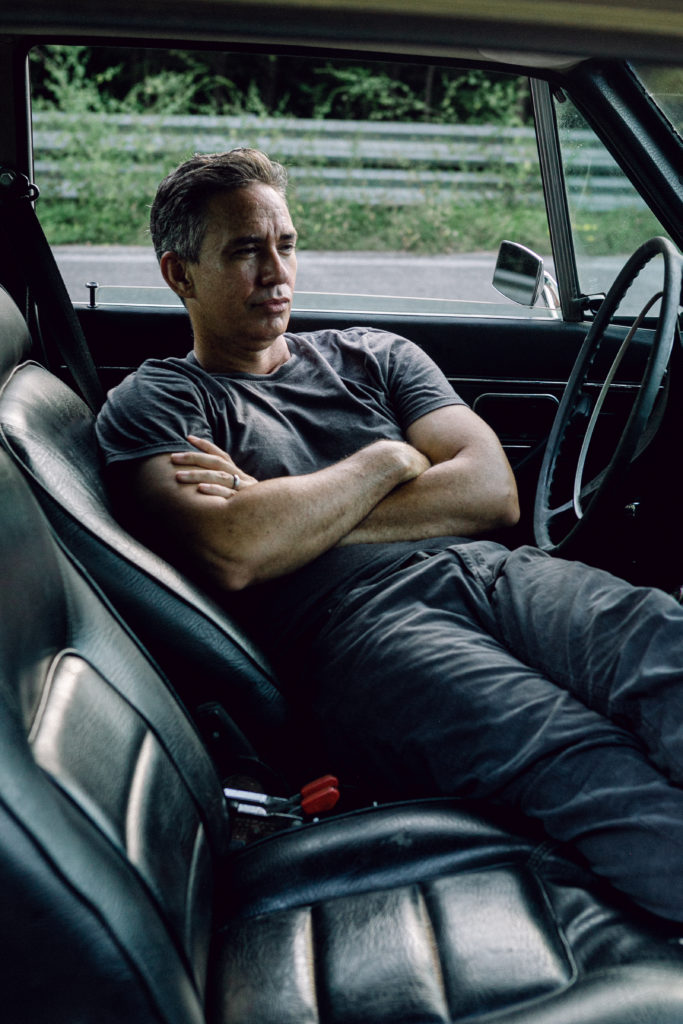
Step 2: Establish trust before the shoot
No ifs but, and maybes about it. Breaking the vicious cycle of being overly self-conscious starts with you making out time to break some ice. Start with your first connection with them before meeting them in real life.
Even if it’s just chit-chat, you must take the time to introduce yourself with a light convo with the client. (goes without saying that it should be genuine and unforced.) They’ll get super-comfy and receptive to whatever you throw at them during the photo shoot, because by then, they trust you professionally. : )
Let’s face facts. Photography starts with people skills. If you don’t love connecting with people you might as well put your camera down and walk away. Enjoy the opportunity of meeting and making new connections and creating something new. It’s kinda a big deal having that trust placed in you.
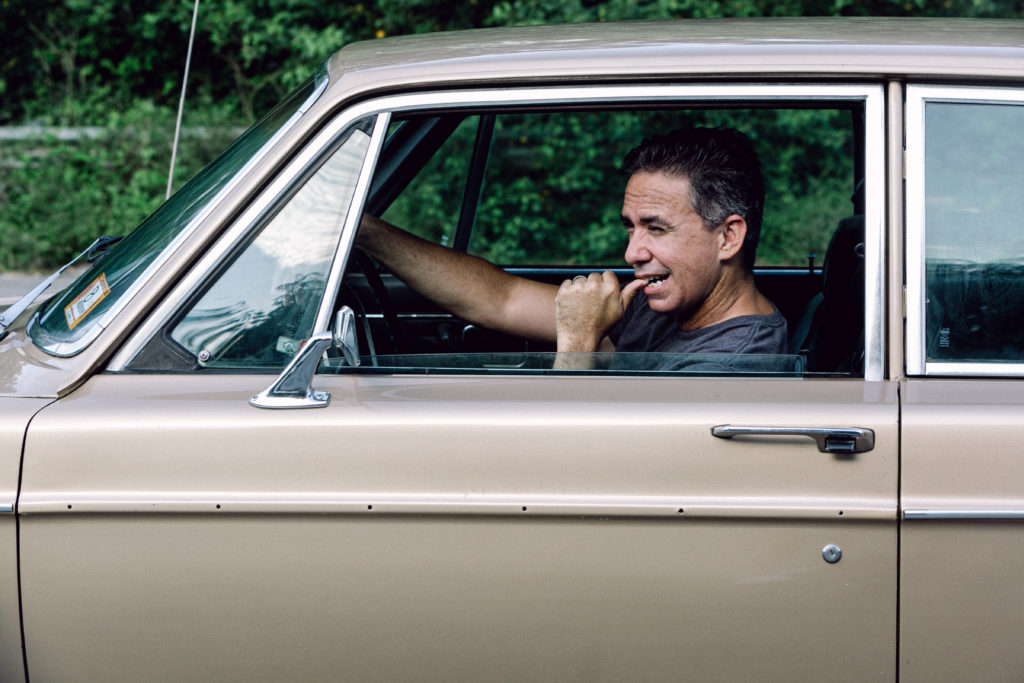
Step 3: Make them feel at ease
Editorial shoots may sit this one out. Models are professionals trained to handle the spotlight, but the same rule doesn’t apply to family photography, engagement photography, corporate headshots, candid marriage proposals or lifestyle and content photography for instance.
Making your clients feel at ease comes from a realization that feeling awkward is NORMAL. It’s only human that our emotional impulse to being thrown under the spotlight kicks in.
This’s where good photographers grasp that this has nothing to do with photographic equipment, but more to do with setting the emotional backdrop to what will be an adventure of a lifetime.

Step 4: Ask questions about their interests
If you’re looking to gauge your client’s likes based on what you see, chances are you’re going to get it WRONG. Common interests are a big win. So, you want to ask questions about their interest so you know how you can tailor your discussions to amuse them. It could be something about an experience so immersive that they’ll forget it’s an absolute stranger pointing the camera towards them.
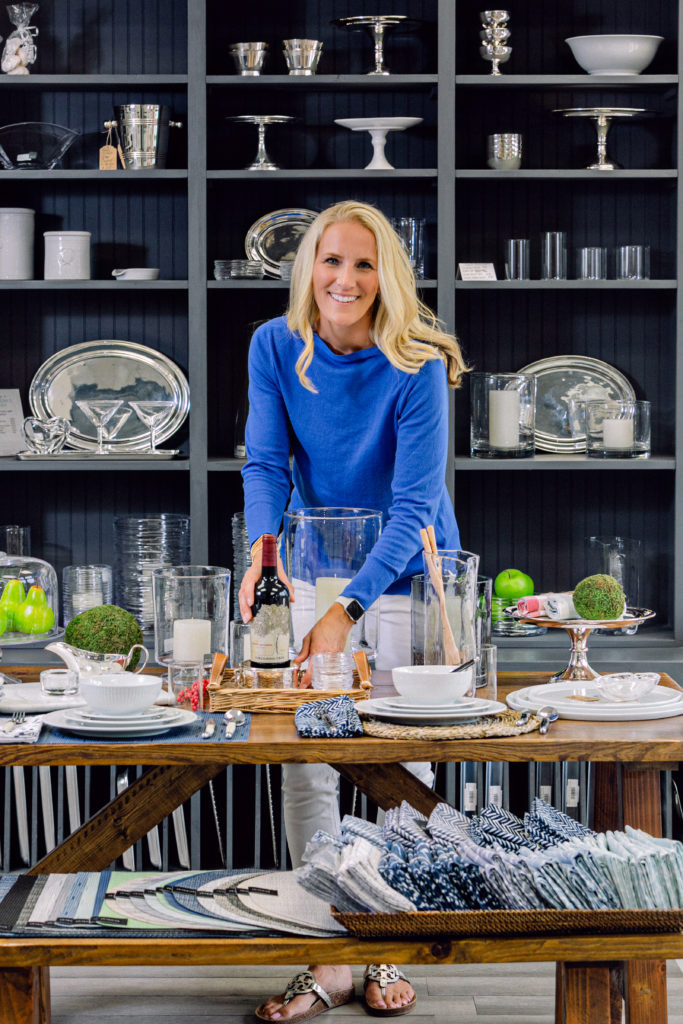
Step 5: For Couples, ask questions about how they know each other
Even better if the location is set where they first met, or if it poses some sort of significance to the couple. It’ll set an emotionally charged tone that’ll likely serenade them with good ‘ol nostalgia—and that can only be a good thing for you, as they feel totally in sync with each other. In doing so, their appearance and surroundings will be the last thing bogging their minds.
By having a care at who they are it’s only going to elevate your quality of work and give you the opportunity to take your work in directions that you never may have imagined. I’ve discovered that a client couple likes to stand up paddleboard, another surf, and yet another just straight-up wanted to end up wet. I’ll tell you that none of those shoots ended up normal and boring and became some of my best work. The iconic shot that I captured of one couple fighting the waves during a tropical storm ended up being a story that they still bring up with me years later. Yep. Years later we are still in contact. There were hot steamy shots of them kissing on the surfboard in the midst of dramatic waves as well as totally soaked laughing shots. All of which I would have never captured if I hadn’t taken a moment to relish the opportunity and trust that they had given me.
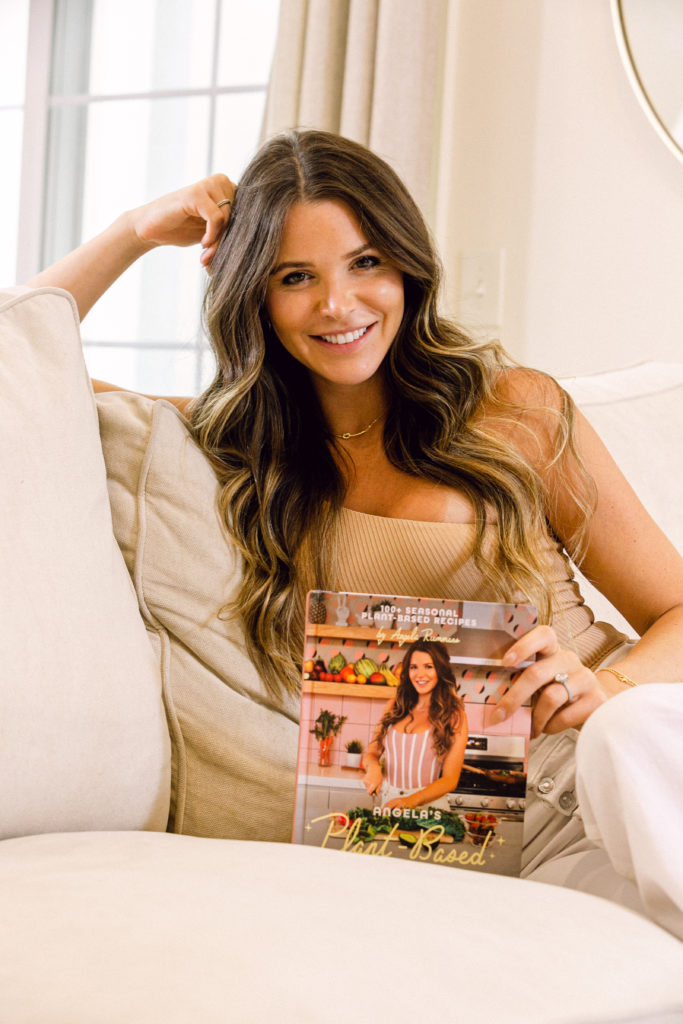
Step 6: Be genuine and candid
What makes us superheroes as a photographer is our telling ability to direct how the shoot goes. It’ll be downright awful for your client’s confidence for them to think you’re not keeping it 100 regarding their looks (again, the self-awareness kicks in.) So you’ve got the professional (and ethical) burden to tell them how it is (constructive feedbacks) in a way that’s honest yet light-hearted, so you don’t come as as rude. Learn the art of collaborating with your clients. Create conversation that allows freedom and movement. There is no need to awkwardly pose people but you can make subtle suggestions that will not interfere with the flow or their confidence. Learn to input your vision in a positive way.
Remember…. and this is sooooo important….. clients will associate the quality of your work with the experience that they were havingl If they felt awkward or that you were rude, brusque or difficult to work with, then it doesn’t matter how fantastic the image is.
If they, on the other hand, had a blast, felt empowered and you gave them an experience above and beyond what was expected, they will be lifelong clients and sing your praises to all that will listen as well as LOVE your photos even more. Why? Because they will associate joy and satisfaction with the finished work of art.
The gist? There is a fine line between honest and rude. Your guts will instinctively tell you with experience, how to connect with each different client.
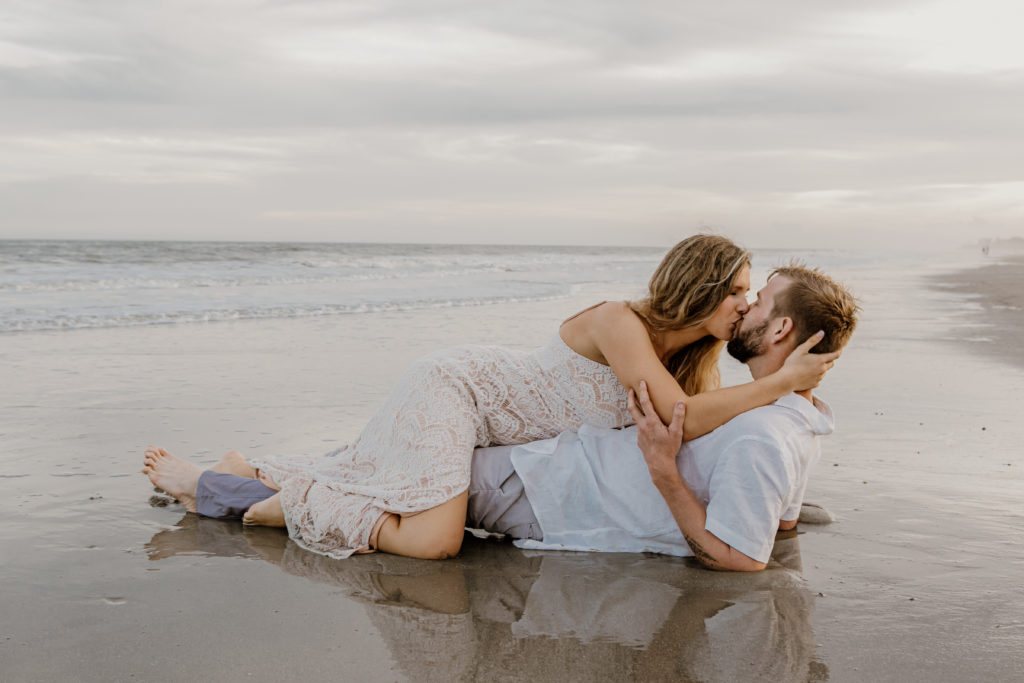
Step 7: Start slowly, and be patient with people who are not used to being in front of the camera
Remember when I mentioned that there’re some people who’re not used to being in front of the camera? That wasn’t me being hysterical. They do EXIST. In fact, I would say 99% of my clients start out the conversation saying “I hate having my picture taken”. They aren’t joking.
As a photographer, it’s down to you to show empathy and find a way around that with a steady smooth introduction that whispers softly “Hey pal, I get that this is not exactly YOUR thing. I got you. Every bump of the road.”
P.S. Give them direction. Make them feel comfy. Tell them they’re doing great. Because they are. Don’t hit the ground running. Ease into it! It’s better for all involved.
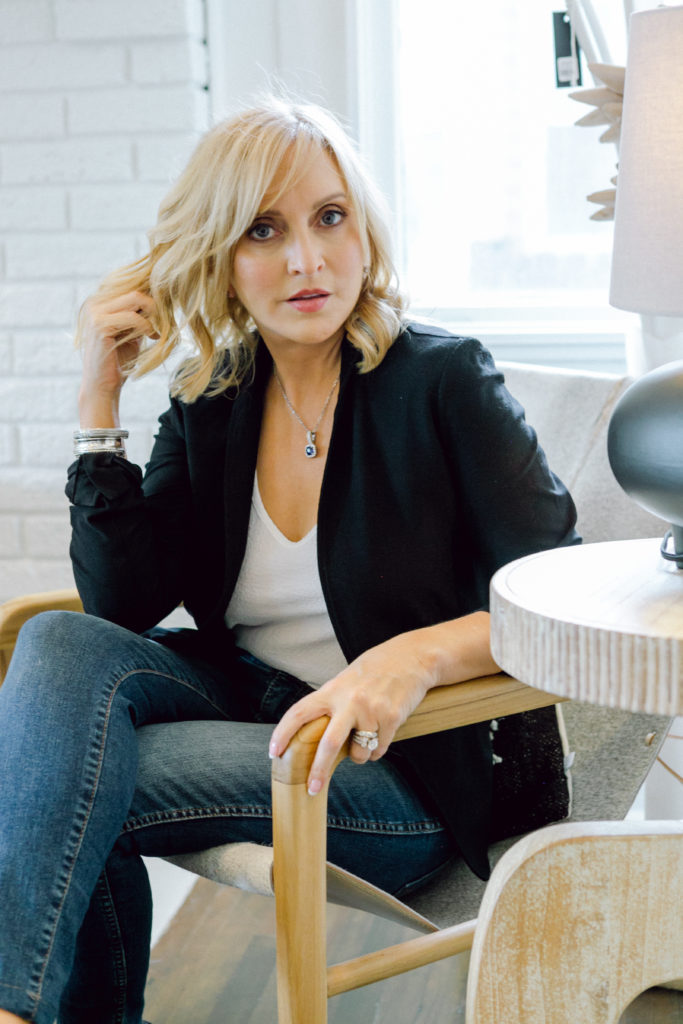
Step 8: Be adaptive and flexible — meet people where they are
Forget that you’re standing right in front of them, and they’ve got company cheering them on with the ‘say cheese’ chants, being at the end of the cameras can be very lonely. Clients are left alone with their insecurities and brain fogginess as they linger in an ‘unfamiliar habitat’.
Here’s your opportunity to bring the action to them to chip in with a posing tip or two. You could show them just that one take that aced it for you. Show it to them and watch their faces light up in infinite fulfillment. But use your judgment with that. Sometimes it can backfire. If you are in a good flow, then keep it going and don’t stop. As good as your work is, sometimes a model seeing her arms look “fat” even though they aren’t, can stop your flow dead in its tracks.
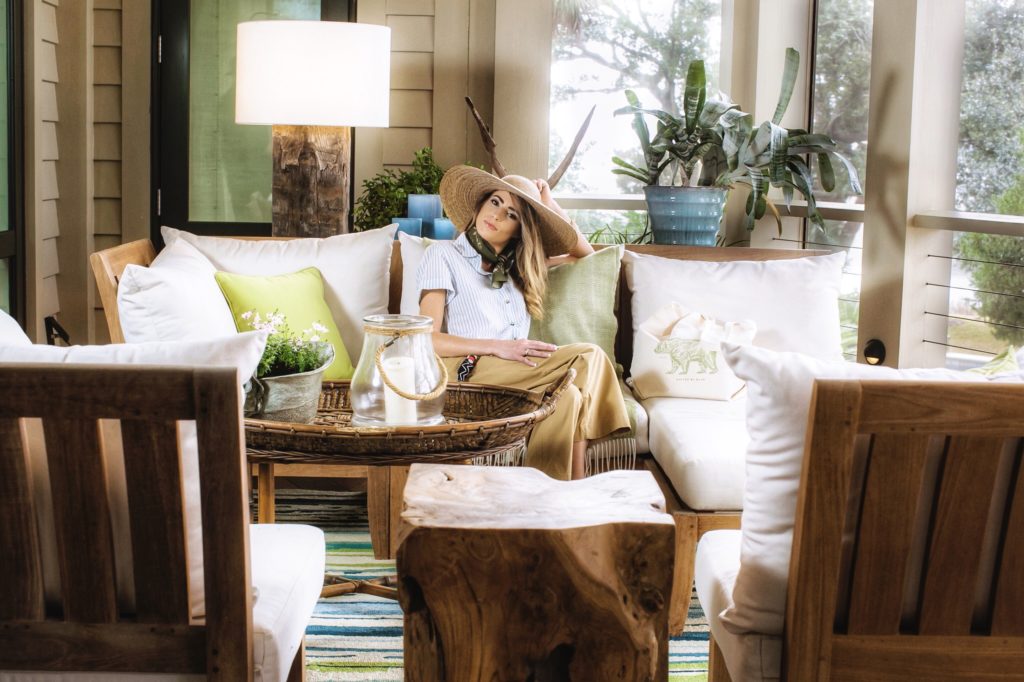
Step 10: Never be tied to your agenda – photography is a collaboration
When you’re feeling socially uncomfortable, nothing beats getting out and having some fun. If you’re set in your ways regarding the process because you think photography is a one-man show, you miss the plot. I just recently worked on set with a stylist that was having a fit because her original vision wasn’t what the outcome was. That’s getting in the way of the process and damming the potential of where creative collaboration can lead to.
Conclusion
The best photographers are not just photographers, that would be undermining the grand scale of their role. In fact, the best photographers are not necessarily the ones with the best photography skills.
The best photographers often boast a repertoire of seemingly abstract skills that are inextricably tied to the disarmament of their clients’ stiffest barriers while on set — Psychology, Sociology, Swift social engineering (the good kind), Cultural awareness to mention but a few. We get this.
Spruce up your next photoshoot with a professional that’s knee-deep in the business of not just creating awesome photos, but also have you bouncing off the walls while at it. Think of the possibilities—a bespoke experience that is light on the formalities, and intense on YOUR uniqueness and authenticity.
comments +